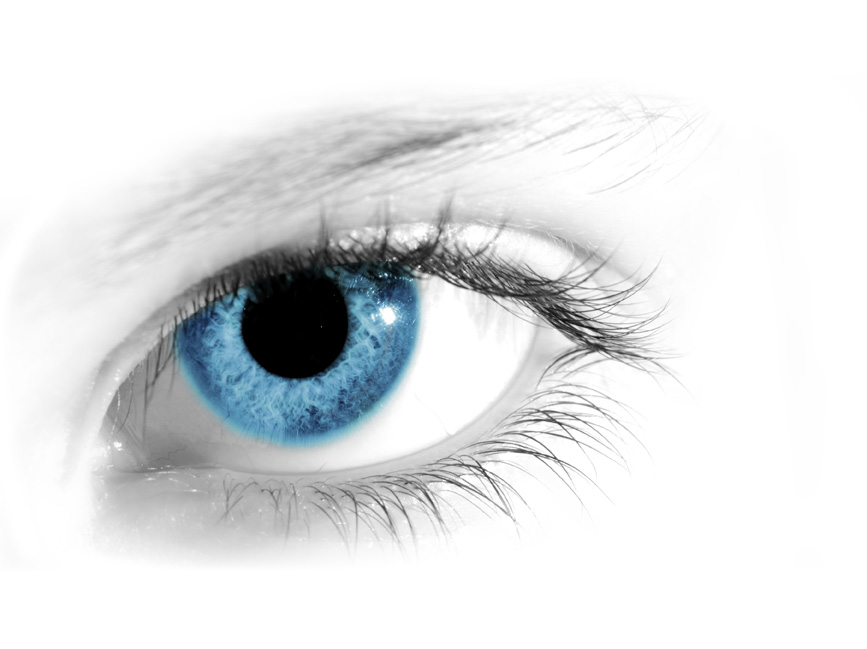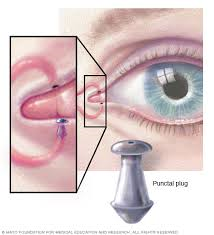Cataracts
What is it?
A cataract is the clouding of your eyes natural lens, which leads to a decrease in vision.
What causes a cataract?
Most cataracts occur as part of the aging process from a change in the chemical composition of the lens.
Although they are typically found in older individuals, they may occur at any age depending on your genetic make-up and environmental exposures.
How can I tell if I have a cataract?
You may have noticed a gradual blurring or dimming of vision.
Some people see a halo around lights or have glare at night.
This can make night driving especially difficult.
Other symptoms include trouble reading or experiencing double (or multiple) vision.
Is it possible to have a cataract and not notice it?
Yes.
If the cataract is small, it may not cause any symptoms at all.
Even a dense cataract may not be noticed if the other eye is providing clear vision.
In fact, you might not be aware of the blurred vision unless you happen to cover the normal eye.
Unless it is very dense, a cataract is not visible to the naked eye of an observer.
What is the treatment for cataracts?
The only effective treatment is surgical removal of the cloudy lens.
Dr. Thurston will remove the natural lens that has become clouded, and replace it with an artificial lens known as an IOL, or intraocular lens.






